In the battle between VA loan vs conventional loan do VA loans have lower mortgage rates than traditional loans, on average?
It’s one of the top questions among military members and veterans exploring their VA home loan vs conventional loan options. And rightfully so. Your mortgage rate affects the size of your monthly payment and the total amount of money you pay over time. So it’s a significant concern.
And there’s good news on this front. While mortgage rates can vary due to various factors, they tend to be lower (on average) for VA loans than for conventional loans.
When you add this to all of the other benefits of VA loan vs conventional program, it makes a strong case for using a VA loan to buy a home.
The Interest Rate Myth
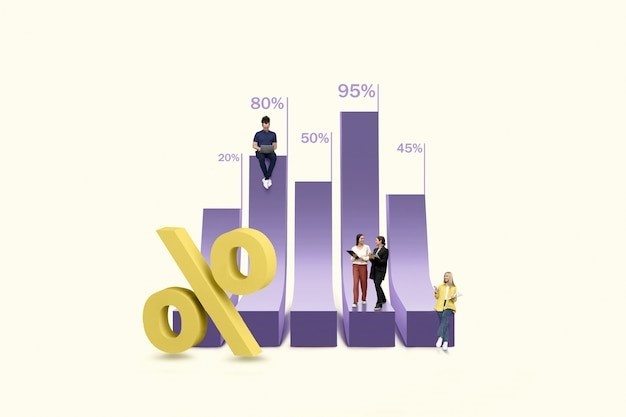
The idea that the VA loan interest rate is cheaper than regular mortgages is one of the most enduring fallacies. This misperception arises from the belief that because VA loans are government-backed, lenders are more likely to offer consumers reduced rates.
Although there could be situations in which VA loan interest rates are competitive, it would be oversimplified to attribute lower rates to the loan type alone, given the intricate dynamics of the mortgage market.
VA Loans Typically Offer Lower Rates Than Conventional
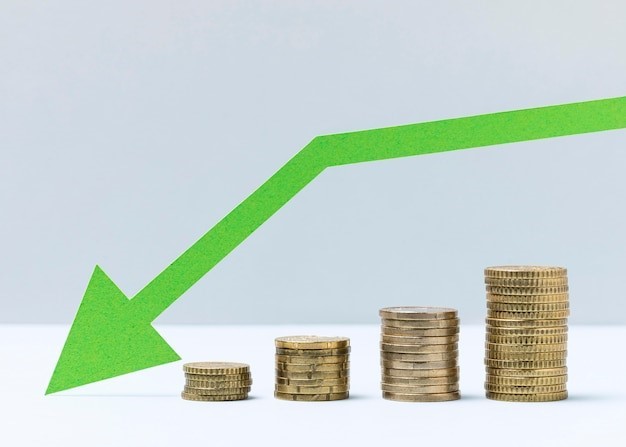
To illustrate this point, we reviewed the average mortgage rates reported by multiple sources in February 2024, when this article was published. We then averaged those figures to get a more accurate picture of current home loan rates nationwide.
Here are the results:
Of course, the average rates could be very different when you read this article. So, we shouldn’t fixate on the exact numbers presented here. The more important point is that VA loans typically have lower mortgage rates than conventional home loans.
As you might already know, VA loans are partially guaranteed by the US Department of Veterans Affairs. This government guarantee minimizes the lender’s risk if you default on the loan. It also allows lenders to offer more competitive (lower) interest rates.
VA loans also have some of the most flexible qualification criteria of any mortgage type for the above reasons. There’s a lot to like about this program.
Factors Influencing Interest Rates

It is essential to consider the diversity of elements that impact interest rates to comprehend the subtleties of mortgage rates. Market factors, borrower criteria, lender rules, and economic indicators all have a role in determining interest rates.
The interest rate lenders provide borrowers is determined by factors other than the VA guarantee, even though it helps relieve risk for lenders.
1. Creditworthiness
One of the most vital factors that creditors examine to determine the mortgage rates is the loan applicant’s creditworthiness. VA loan credit requirements, debt-to-income ratios, employment history as well as other accounts make the difference in the part of the interest rate to be offered. Most importantly, decisive credit history veterans and service members often get access to the best loan rates, whether they choose a VA loan or a traditional loan.
2. Market Conditions
Along with economic circumstances and market conditions, the current economic situation has an excellent effect on mortgage rates. Shifting variables such as bond market performance, inflation expectations, and Federal Reserve policies may increase or decrease interest rates.
Though VA loans do have stability due to the fact that they are government-guaranteed, they are still not immune to the impact of market changes. In some situations, standard mortgage rates may be better than VA loan rates, depending on market terms.
3. Loan Term and Type
The interest rate borrowers receive from lending companies depends on what kind of loan they choose. Immobilized mortgages generally propose higher initial interest rates than adjustable-rate mortgages (ARMs), although the latter’s less attractive start rates are combined with the higher potential of future trends.
Similarly, the interest rate depends on the loan term—whether it is a 15-month, 20-month, or 30-month mortgage. Borrowers must study the properties of different loans to find the most suitable option for their financial objectives.
4. Closing Costs and Fees
Apart from the interest rates, closing costs and fees are critical factors when the borrower considers the loan options. Sellers are empowered to set aside part of their equity for the benefit of the buyer to go towards their closing expenses with the help of VA loans, which are known for their lenient financial policies.
Even though the apparent structure is similar to closing costs and fees for VA loans and conventional mortgages, varied fees can affect the affordability of each of these options.
Some Important Terms You Should Know

This is an excellent place to clarify some of the terminology being used here:
- VA Loan: A mortgage loan that’s backed by the US Department of Veterans Affairs. Veterans, qualified surviving spouses, and active-serving military personnel are all eligible. Significant benefits include VA loan no down payment requirements, no private mortgage insurance (PMI), and often lower interest rates than conventional loans.
- Conventional Loan: A mortgage loan that isn’t guaranteed or insured by a government agency (like the VA or FHA) and is offered by private lenders like banks and credit unions. Typically requires a down payment and may require private mortgage insurance (PMI) if the down payment is less than 20%.
- Mortgage Rate: The interest rate charged by a lender for a home loan. Expressed as a percentage of the loan amount and paid over the life of the loan. Your mortgage rate significantly impacts your monthly payment amount.
- APR (Annual Percentage Rate): A broader measure of your loan’s cost that includes the interest rate as well as other fees like closing costs, discount points, and some lender charges. Your overall cost of borrowing over the course of the loan is more accurately depicted by the annual percentage rate (APR).
When comparing mortgage rates between VA and conventional loans or among different lenders, pay close attention to the APR. It represents the actual cost and can help you compare multiple offers in an “apples-to-apples” fashion.
As mentioned, VA loans offer lower mortgage interest rates than conventional financing. But that’s only part of the picture. You also want to know your annual percentage rate, which can include lender fees and other costs.
About Those ‘Average’ Mortgage Rates

When news reports talk about “mortgage rates,” they’re usually referring to the average rates reported by Freddie Mac. The government-sponsored mortgage buyer conducts a nationwide survey to determine current average rates for 15- and 30-year fixed home loans.
But there’s an essential distinction between these average rates and the rate you receive when applying for a VA loan.pm
The actual rate a borrower receives for a home loan depends on several factors, including their credit score, debt-to-income ratio, loan amount, loan term, type of loan (e.g., fixed-rate or adjustable-rate mortgage), down payment, and current market conditions.
These elements are used by lenders to determine the degree of risk involved in making a loan to a particular borrower. Because they are viewed as less hazardous, borrowers with better credit ratings and lower debt-to-income ratios are usually granted lower interest rates.
Comparative Analysis
Having thoroughly grasped the variables that affect mortgage rates, let’s perform a comparison study to see whether VA loans, on average, have lower rates than conventional mortgages. Statistics present a more complex picture, even if anecdotal information may indicate that VA loans have better rates.
Rather than only being influenced by loan type, typical mortgage rates vary according to the Mortgage Bankers Association (MBA) and lender preferences. VA loans do not always have lower average rates than standard mortgages, even if they may, from time to time, have lower average rates than conventional mortgages.
Factors That Could Affect Your Borrowing Costs
The following factors can affect your VA loan mortgage rate:
- Credit Score: A borrower’s credit score is one of the most significant factors affecting the interest rate they receive. Lower interest rates are typically associated with higher credit scores.
- Debt-to-Income Ratio: Debt-to-income ratios are one way that lenders determine whether a borrower can afford to return a loan. Lower ratios typically lead to better interest rates.
- Loan Term: The interest rate may also be affected by the loan period. Loans with shorter terms often have interest rates that are lower than those with longer terms.
- Amount Borrowed: Larger loan amounts may come with higher interest rates since they also increase the level of risk for the lender.
- Type of Loan: Fixed-rate mortgages generally have higher interest rates compared to adjustable-rate mortgages (ARMs) initially. However, ARMs can become more expensive over time if interest rates rise.
- Down Payment: Due to the decreased risk to the lender, a bigger down payment might result in cheaper interest rates. *
(* You don’t have to make a down payment using a VA loan. Just know that it could help you qualify for a lower rate while reducing your monthly expenses.)
In summary, the average rate for VA loans typically runs lower than conventional mortgage loans. This program also allows eligible borrowers to finance 100% of the purchase price while avoiding mortgage insurance. So, it is certainly worth considering.


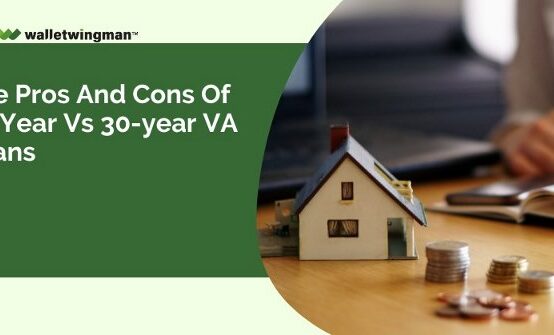 The Pros and Cons of 15-Year vs 30-year VA loans
The Pros and Cons of 15-Year vs 30-year VA loans 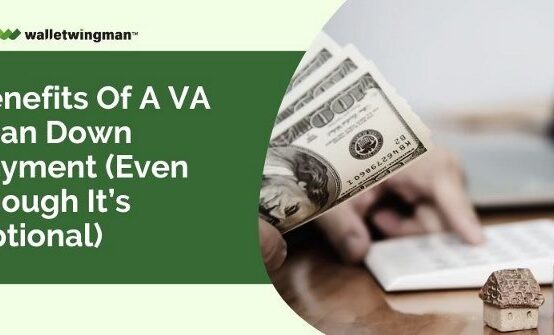 Benefits of Making a VA Loan Down Payment (Even When It’s Optional)
Benefits of Making a VA Loan Down Payment (Even When It’s Optional) 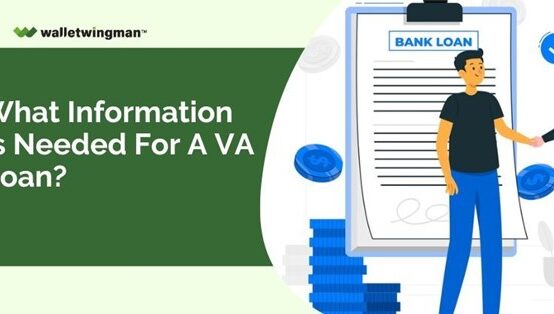 What Information Is Needed for a VA Loan?
What Information Is Needed for a VA Loan? 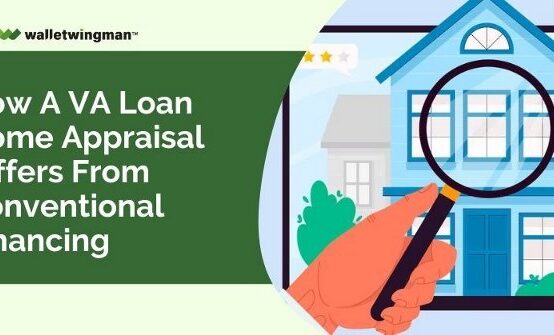 How a VA Loan Home Appraisal Differs from Conventional Financing
How a VA Loan Home Appraisal Differs from Conventional Financing  How Credit Scores Shape VA Loan Options?
How Credit Scores Shape VA Loan Options?  How Veterans Can Utilize VA Loans For Investment Property Ventures
How Veterans Can Utilize VA Loans For Investment Property Ventures 